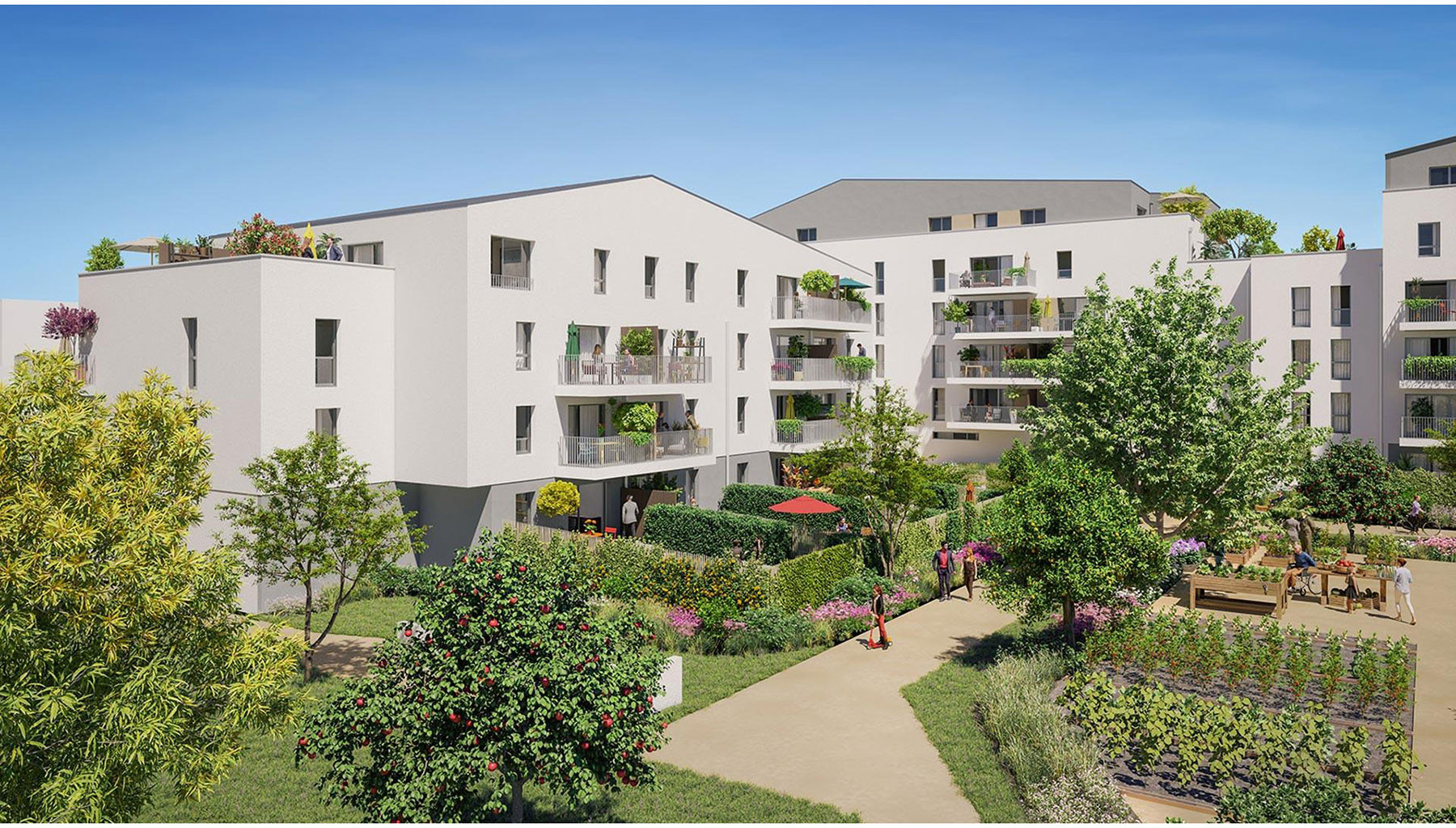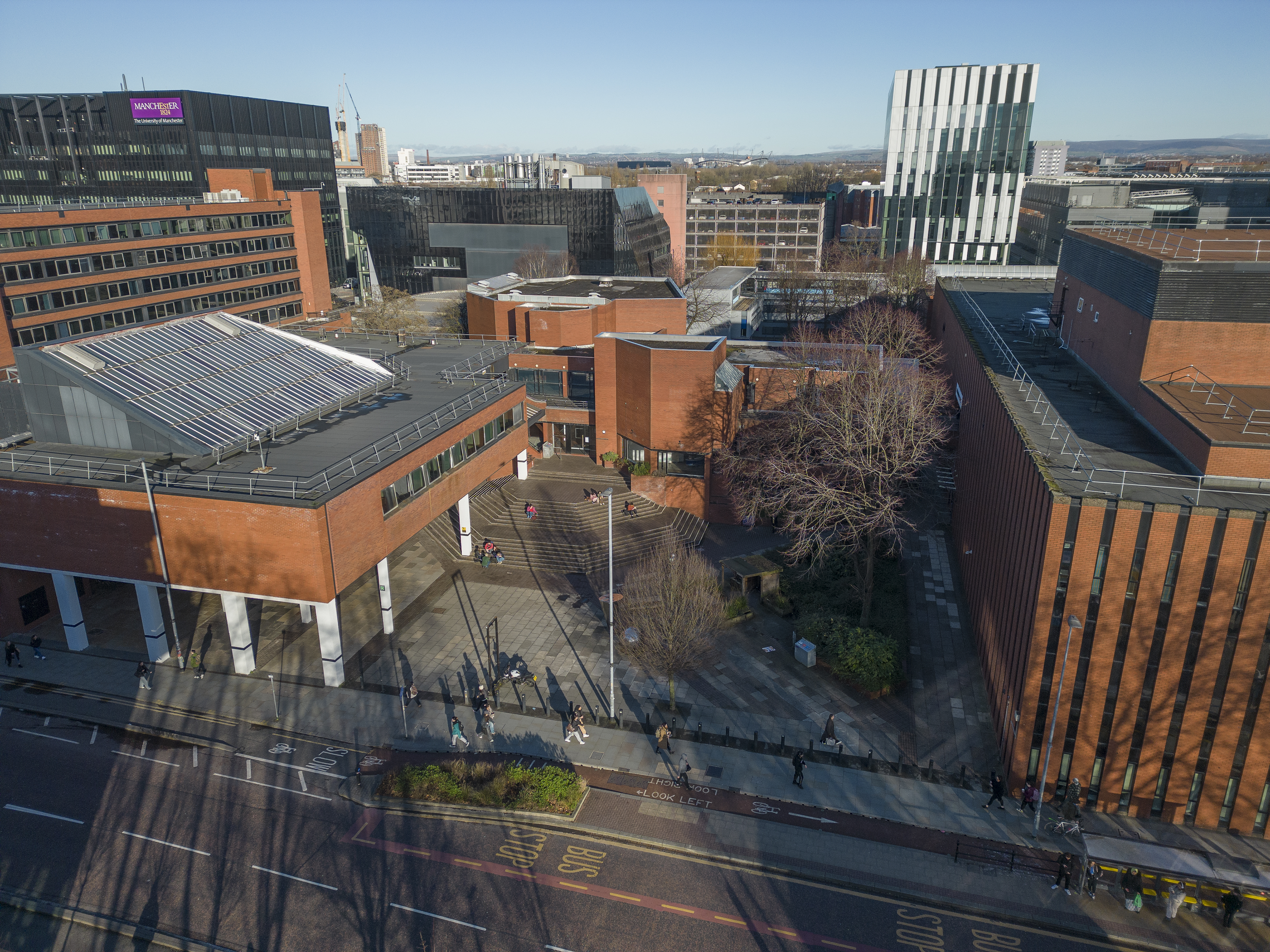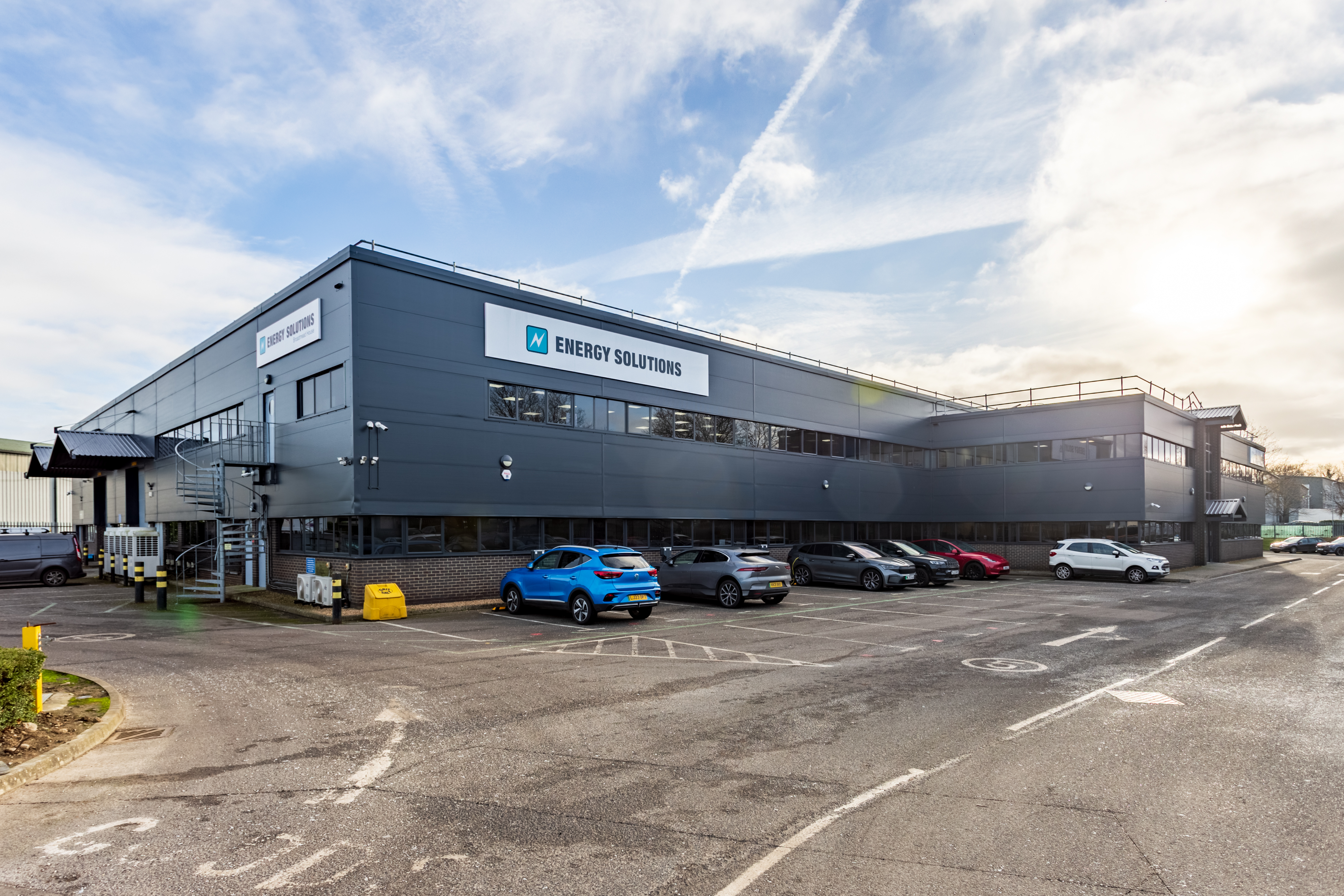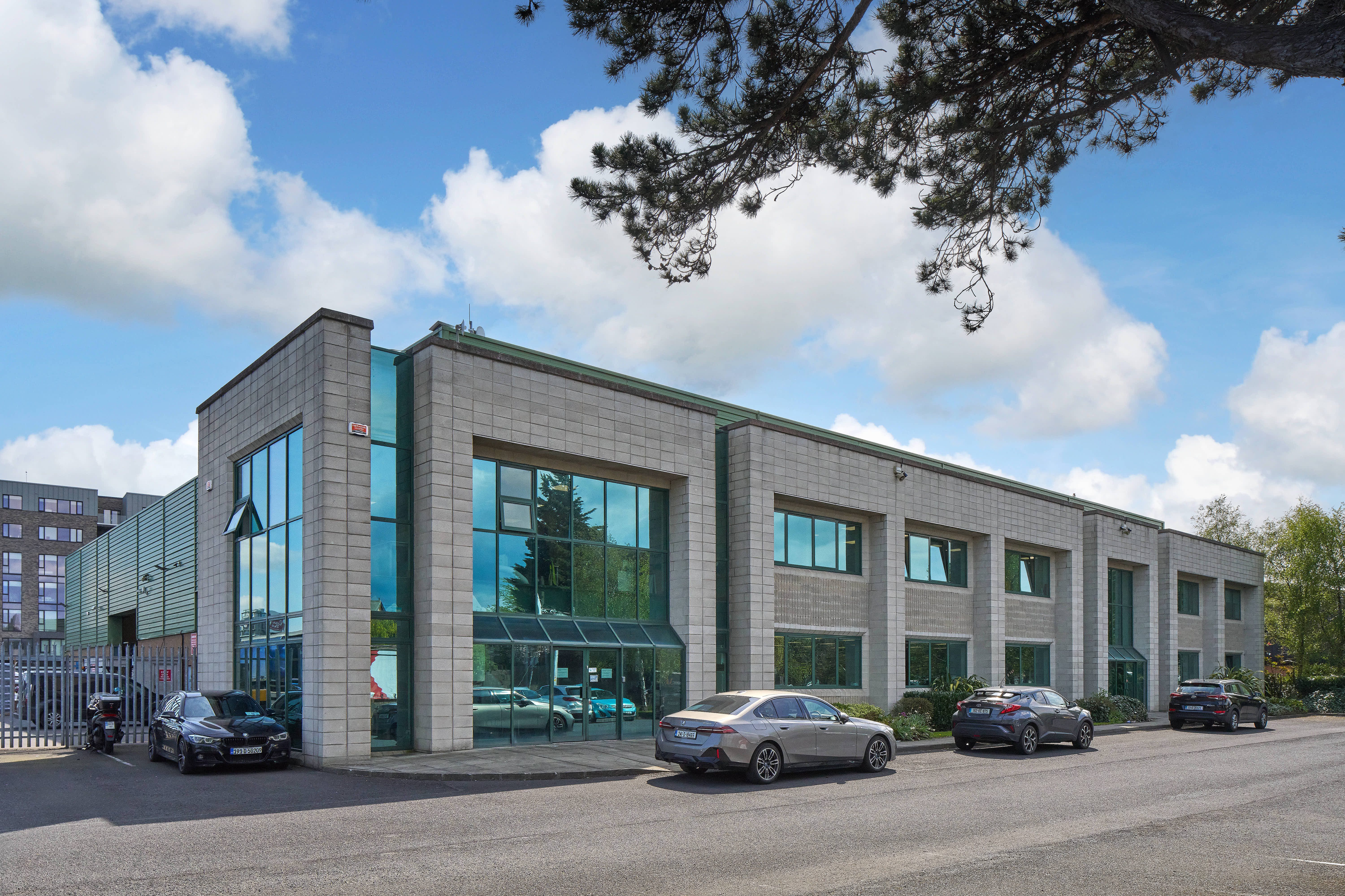Will post-pandemic life herald a new era for retail parks?
Investors are homing in at a change moment for retail parks
More investors are looking to out-of-town retail parks as shifting consumer shopping habits bring them back into favour and new types of tenants snap up empty space.
With social distancing measures remaining in place and shoppers still cautious about malls and high street locations, well-performing retail parks that are accessible by car are becoming increasingly popular shopping destinations.
In the UK, British Land has identified out-of-town retail parks as post-pandemic winners, citing e-commerce as a reason for its confidence. The listed property company has invested £49 million (US$68 million) in a retail park in Bedfordshire, while also investing in a unit trust holding another 10 parks.
Brookfield is paying £330 million for a portfolio of seven assets from UK REIT Hammerson as it exits the retail parks sector. Hammerson also recently sold off its Brent South Shopping Park to Barnet Council, as well as finding buyers for its minority interests in Nicetoile and Espace Saint Quentin in France.
“There’s clearly been a long pause for thought among many investors and developers over the past year,” says Mike Bellhouse, head of EMEA Retail Capital Markets at JLL. “But we are now starting to see movement again, just as shoppers return and retailers adapt.”
With stable, less fluctuating rents – and rents in countries such as Germany capped by indexation hurdles - retail parks have long been a stable product for institutions seeking defensive investments, Bellhouse adds. At around 15 percent, rents at European retail warehouse parks average just a fraction of shopping centre rents, according to JLL data.
E-commerce drives new shopping habits
E-commerce’s continued growth is also supporting retail parks as more consumers opt for services like click-and-collect.
“Click-and-collect services are easier to accommodate in retail park units, which are typically larger and more spacious than in city centres,” says Tjard Martinus, head of retail research for JLL EMEA. “There’s minimal impact on existing operations for retailers with those larger floorplates to work off.
Consumers, too, are seeing the benefits. “Shoppers continue to put convenience high up their priority list,” says Martinus. “With retail parks offering a mix of retailers including supermarkets and big name brands, consumers can pick up goods ordered online along with other everyday items more easily and quickly than visiting bigger shopping destinations. As such, retail parks are well-placed to take advantage of the increased momentum e-commerce is enjoying.”
Looking for more insights? Never miss an update.
The latest news, insights and opportunities from global commercial real estate markets straight to your inbox.
The rise of online shopping is also seeing new tenants take space on retail parks. Often located close to motorway junctions, retail park sites, such as Pentavia in north London, are also attracting last-mile logistics players, while industrial real estate landlord Prologis last year purchased the Cork Tree Retail Park in the Chingford area of London for £35 million with plans for redevelopment.
“Use by E-commerce and 3PLs is only possible for a number of sites,” says Martinus. “There are many obstacles, such as proximity to customers, zoning legislation and access to sites.”
For quality space near customers, 3PLs are willing to pay rents that can be more than double the amount paid by some traditional big-box retailers on average retail parks, such as furniture retailers, he adds.
“Conversion is not straightforward, but there are opportunities near larger cities.”
Retail park-focused Belgium investment manager Mitiska REIM has embraced the idea of mixed-use, incorporating a business park for SMEs as well as a purpose-built industrial unit at its Dansaert development in Brussels.
More recently, Fosse Park in the UK, owned by the Crown Estate and Gingko Tree since 2014, was last year upgraded with more food and beverage options, as well as green areas as part of a £168 million renovation.
There’s equally been a focus on bringing in new anchor tenants; supermarket Lidl replaced a Toys R Us store after the toy chain collapsed in 2018.
“It’s a highly operational asset class,” says Bellhouse. “More attention is rightly now being paid to how retail parks need to evolve with the times.”
Investment Opportunities
Homes moving in
In some cases, moving to mixed-use involves residential development onsite. In London, residential developer London Square is planning 1,400 homes, alongside a public square, shops, cafes and restaurants, within the Millennium Retail Park.
Meanwhile, UK property developer Ballymore recently bought the Broadwalk shopping centre in north London with the intention of converting much of the site to homes. Land Securities is also converting some of its UK retail space into homes.
“Some of those semi-urban retail parks on the edge of major cities are in areas where demand for new homes is high,” says Martinus. “Mixing new residential with retail can also create micro-catchment areas.”
While other retail sectors such as shopping centres and prime high streets may take longer to recover, today’s opportunity is in retail parks, Bellhouse concludes.
“Appetite among investors for retail parks is increasing,” he says. “Not all are the right fit for post-pandemic life but there are some good opportunities emerging.”
Contact Mike Bellhouse
Head of EMEA retail capital markets at JLLWhat’s your investment ambition?
Uncover opportunities and capital sources all over the world and discover how we can help you achieve your investment goals.




